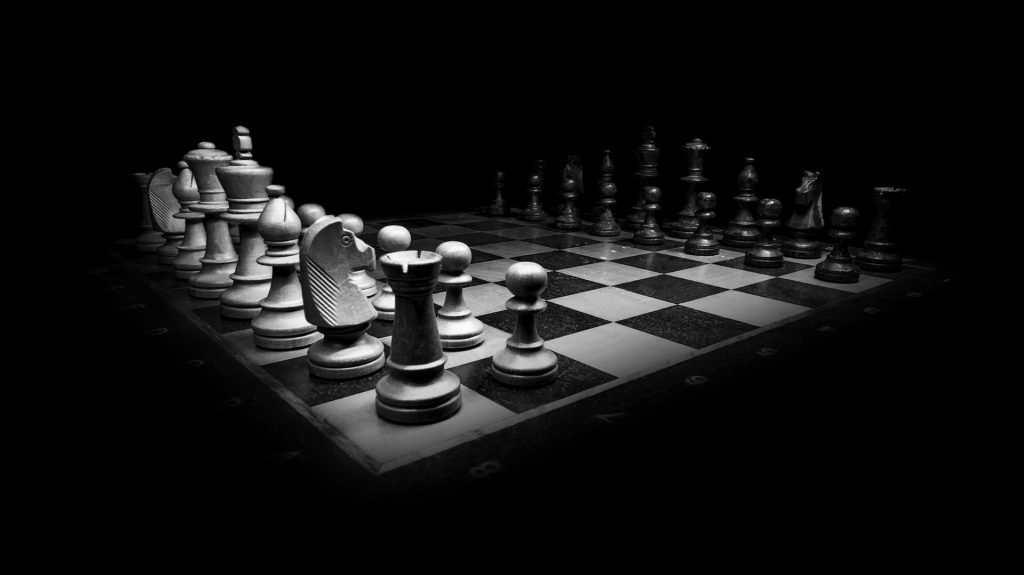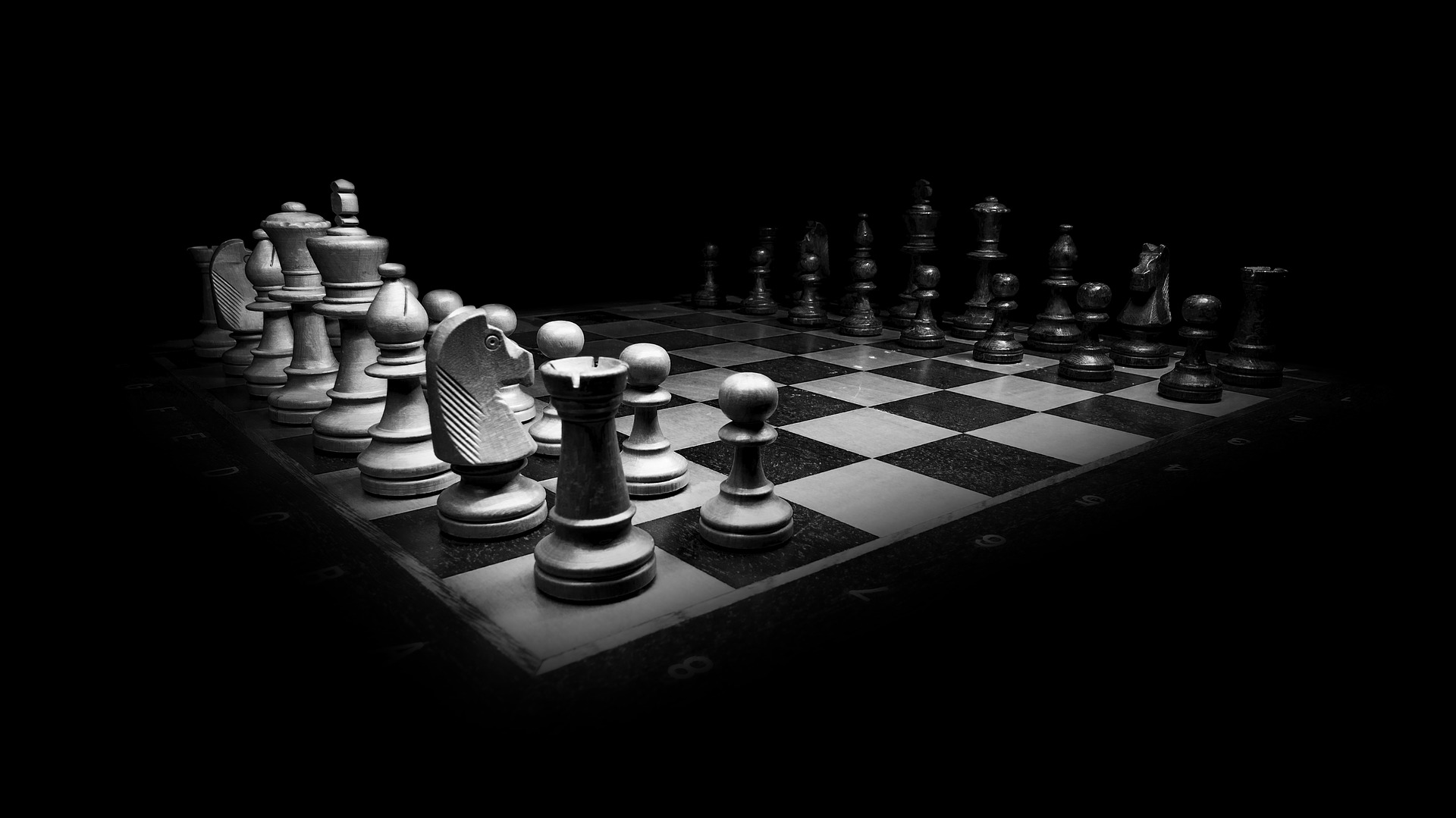
When you hear the term strategy, what do you think of? It’s a word that is often used but has an aura of mystery surrounding it for many people.
We all love to throw the word “strategy” around. You need to have a social media strategy, a content marketing strategy, an earned media strategy, a paid media strategy, a business strategy…that’s a whole lot of strategy.
The problem with having a strategy for everything you do is that it puts everything into separate silos. When you have five different marketing communication strategies they probably aren’t working together very well which kind of negates the whole point of having a strategy in the first place
But, I’m getting a little ahead of myself. Let’s take a step back. What is this thing called strategy and why is it important to your business and your marketing communication efforts?
Where Does Strategy Fit?
I’ve been in situations where people have said, “We need to be more strategic.” I’ve said it myself or a variety of it on occasions. Saying that you need to be more strategic is likely just another way of admitting you don’t have a strategy or at least not a very good strategy in the first place. I can certainly admit that I’ve been there in the past.
Strategy isn’t a destination nor does it work in a vacuum. It is part of a much larger process.
Last week I talked about goals being the first step in the GSOT model which is:
- Goals
- Strategy
- Objectives
- Tactics
Each of those elements is important and they work together. They also be dealt with in the order that you see. Without goals, you can’t develop a strategy.
Strategy, simply put, is how you’re going to reach your goals. Goals are the “what”. Strategy is the “how”.
Developing A Strategy
Goals are the destination. Strategy is how you get there. It doesn’t have to be complex. In fact most of the time it’s rather simple.
I was writing about strategy as part of another project recently and I gave a simple example that illustrated how both work together.
I live about 25 miles from Boise. Let’s say my goal is to go to Boise State to see a football game. How would I reach my goal?
There are really only three ways in which I’ve got Boise State in the past and all of them involved taking the freeway. I have driven myself, been a passenger in somebody else’s car, or taken the bus.
There are routes that I can take that don’t involve the freeway but they do take longer (in most cases) than the previous options so I’m just going take the freeway and drive myself.
My goal is to go to Boise State. My strategy is to drive on the freeway.
When I was younger I used to think that strategy meant a series of complex actions that needed to take place but that’s just not true. Most of the time your strategy is going to be simple and straightforward.
Don’t confuse simple with easy because the true measure of how good your strategy is how well you execute it or what options you chose to pursue as part of your strategy.
What does strategy look like as part of marketing communication?
I have talked about the PESO model, developed by Gini Dietrich at Spin Sucks, many times on this blog so it shouldn’t be a surprise that I use it as part of my efforts. PESO informs the tactics that I use (more about tactics in a couple of weeks) but it also informs my strategy as well. Let me show you how.
Very quickly, PESO is paid, earned, shared, and owned media.
Your strategy should be specific but not super-specific. It’s going to be a statement such as:
- Use paid media to drive leads to our lead magnet
- Use earned media to drive people to the website
- Use shared media to drive leads to articles on our website
- Use owned media to show expertise
The strategy is clear. How is paid media being used? To drive leads to the lead magnet.
Is that the only way paid media could be used? No, but it’s going to depend on your goals. Just as PESO isn’t one size fits all, strategy isn’t one fits all either.
Strategy’s Role in Tactics
As I said earlier, I’ll talk about tactics in detail in a couple of weeks but it not only has an important relationship with goals but with tactics as well.
Strategy is the big picture. Tactics are the specifics.
Paid media is digital ads. But there are many places where you can place a digital ad. It could be on Facebook, Instagram, Twitter, LinkedIn, Snapchat, Google, Bing, Yahoo, banners on websites, or native advertising.
Using paid media to drive leads to our lead magnet is the big picture. The question the tactics answer is “Where?”
Let’s say you created a white paper on your industry and are using it as a lead magnet. Part of your strategy is to use paid media to drive leads to the white paper. The tactic could be to run Facebook ads.
Strategy is the view from 50,000 feet. Tactics are at ground level.
Final Thoughts
It’s easy to overthink strategy but it doesn’t have to be complex or elaborate.
In fact, in most situations, it shouldn’t be complex at all. It just needs to help you reach your goals. So, make it simple for yourself by asking, how am I going to achieve my goals? The answer will most likely be your strategy.
If you need help creating a strategy I have a free ebook that can help but It doesn’t stop there. It will guide through the process to create a strategic plan designed specifically for your organization. Just click the link below.
- Stop Planning and Start Strategizing - October 24, 2024
- The Importance of Creating a Connection With Your Marketing - June 6, 2024
- Reach vs Visibility: Which is Right for Your Marketing? - February 13, 2024

